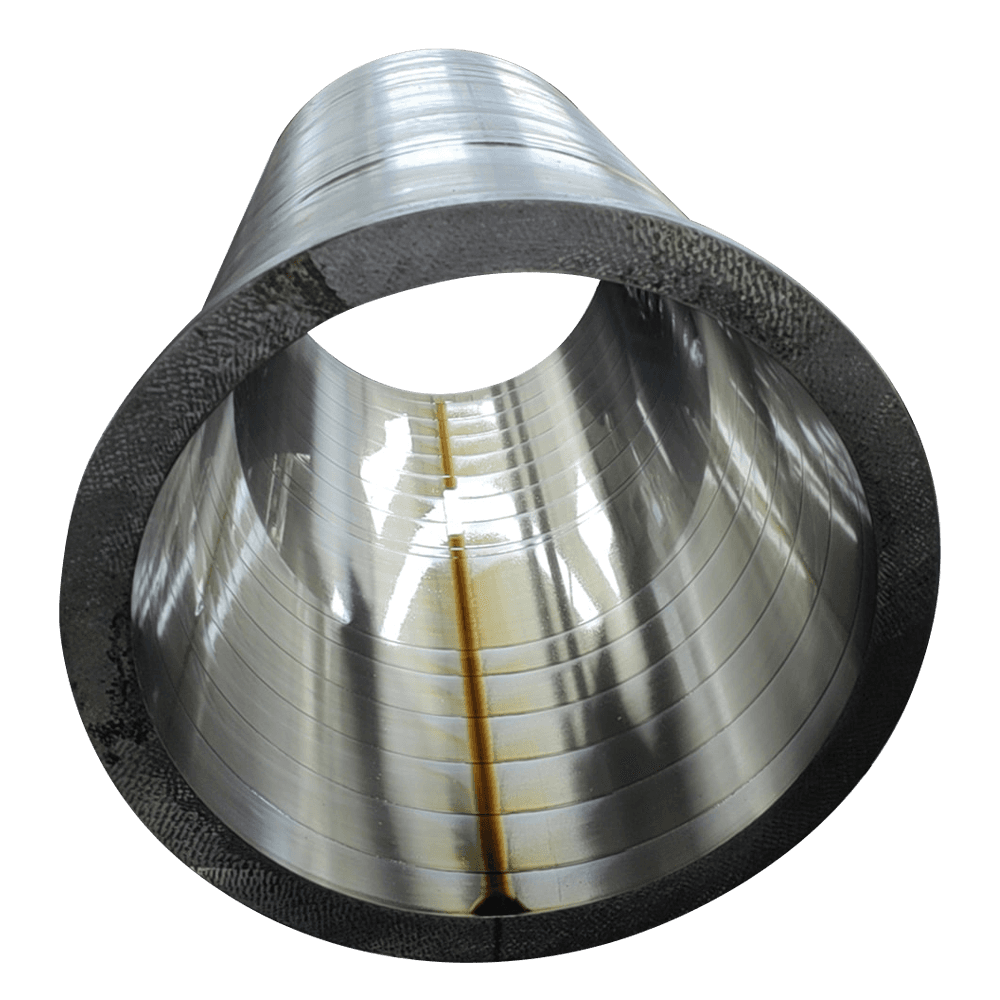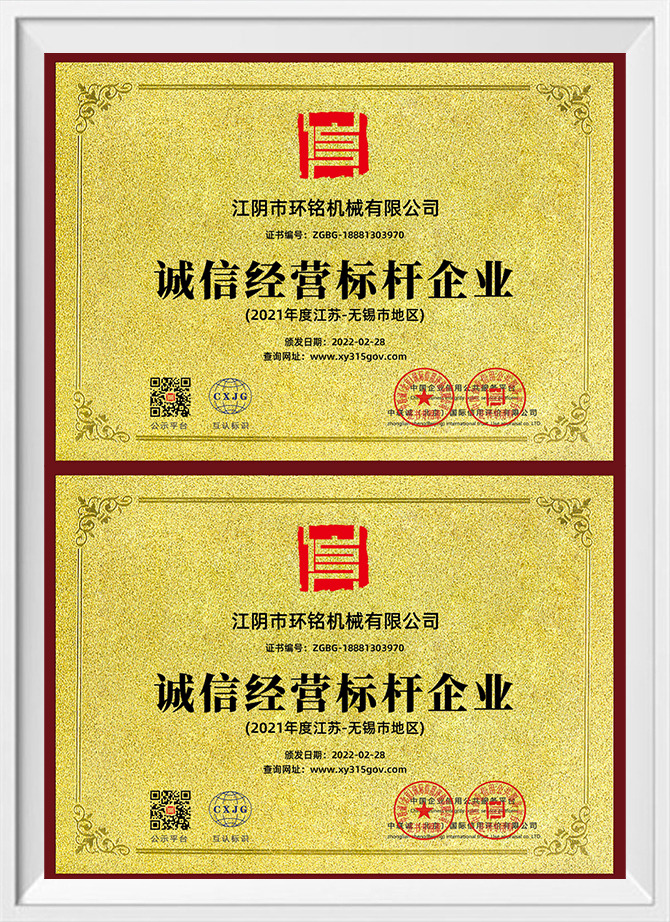What are the key points for the maintenance and care of marine hydraulic couplings?
The maintenance and care of marine hydraulic couplings is the key to ensure their long-term stable operation. Here are some of the main maintenance and care points:
Regularly check the quality of hydraulic oil: The quality of hydraulic oil directly affects the performance and life of the coupling. Regularly check the cleanliness, viscosity and moisture content of the oil to ensure that the oil meets the specified standards.
Replace hydraulic oil: Regularly replace hydraulic oil according to the manufacturer's recommendations and actual usage. Usually replace hydraulic oil every 5,000 hours of operation or every two years.
Check and replace filter elements: The filter elements in the hydraulic system should be checked and replaced regularly to prevent impurities from entering the hydraulic system and causing system failures.
Check the seals of the coupling: Regularly check the seals of the hydraulic coupling for oil leakage, and replace the seals if necessary to prevent hydraulic oil leakage.
Check the connecting parts: Regularly check the connecting parts of the hydraulic coupling with the drive device and load equipment to ensure that the bolts and nuts are tightened to avoid failures caused by looseness.
Monitor the working temperature: The working temperature of the hydraulic coupling should be within the specified range. Exceeding the range may cause the hydraulic oil to deteriorate or the coupling to be damaged. Installing a temperature sensor for real-time monitoring is an effective measure.
Check the hydraulic pipeline: Regularly check whether the hydraulic pipeline has wear, cracks or leakage, and deal with problems in time.
Calibrate pressure and flow: Regularly calibrate the pressure and flow parameters of the hydraulic system to ensure that the hydraulic coupling operates under optimal conditions.
Vibration and noise monitoring: Use vibration analyzers and noise measurement equipment to monitor the operating status of the hydraulic coupling, and find the cause and deal with abnormal vibration and noise in time.
Record and analyze operating data: Record the operating data of the hydraulic coupling in detail, including parameters such as pressure, temperature, vibration, noise, etc., analyze these data regularly, find potential problems in advance, and perform preventive maintenance.
What is the general working pressure and temperature range of the hydraulic coupling?
The working pressure and temperature range of marine hydraulic couplings vary depending on the specific model and application scenario. Generally speaking, the operating pressure and temperature ranges of hydraulic couplings are as follows:
Working pressure
Common range: The working pressure of hydraulic couplings is usually between 10 and 300 bar (145 and 4350 psi).
High pressure applications: In some special application scenarios, the working pressure of hydraulic couplings can exceed 300 bar (4350 psi), and even reach 700 bar (10150 psi) or higher.
Working temperature
Common range: The operating temperature of hydraulic couplings is generally between -20°C and +80°C (-4°F to +176°F).
Low temperature applications: Hydraulic couplings used in polar or cold environments may need to adapt to operating temperatures as low as -40°C (-40°F).
High temperature applications: In tropical or high temperature environments, the upper limit of the operating temperature of hydraulic couplings may need to reach or exceed 100°C (212°F).
Special cases
High temperature resistant materials: Hydraulic couplings used in high temperature environments may use high temperature resistant materials and special designs to ensure stable operation at higher temperatures.
Cold start: Hydraulic couplings may need to be preheated or use low temperature hydraulic oil in extremely cold environments to ensure fluidity and working efficiency at start-up.
The specific working pressure and temperature range should be determined according to actual application requirements. During selection and use, ensure that the hydraulic coupling operates within its rated pressure and temperature range to ensure its performance and life.





 English
English 中文简体
中文简体 русский
русский 日本語
日本語 Español
Español







